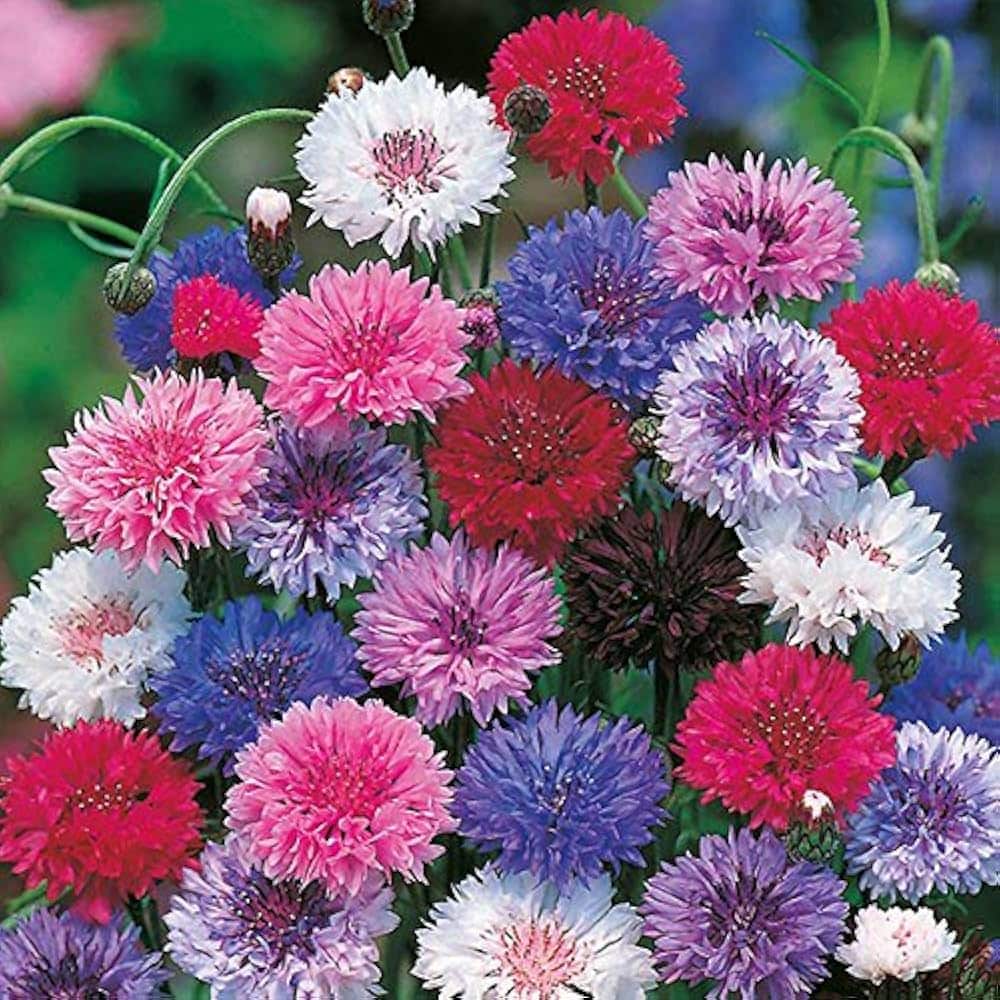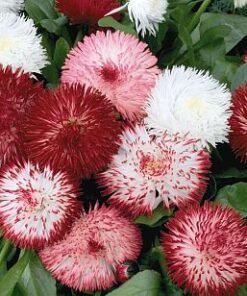Cornflower Seeds mix pack of 40-50 seeds Open Pollinated
₹40.00
In stock
Cornflower Seeds are easy for children to grow, either on their own or mixed with other cornfield annuals. Sow seed directly onto the soil, lightly rake over and wait for them to flower within around 10 weeks.
Cornflower Seeds How to grow cornflowers
Grow cornflowers in sun and well-drained soil, sowing seed directly into weed-free ground or into pots, in spring. Thin out the resulting seedlings. After that, little care is needed apart from deadheading to encourage more blooms.
Grow cornflowers as a gap-filler in any bare spots in borders, as part of a seed mix to create an annual flowering meadow, or in pots. Well-drained soil is best, and sun for at least half the day. Cornflowers do best in soil with low fertility so there’s no need to add fertilizer or organic matter.
Cornflower Seeds in pots need a general-purpose , peat-free potting compost mixed with a third by volume of coarse grit. Shorter-growing varieties are best for pots as taller ones tend to flop without support. Be aware that cornflowers bloom for around 10-12 weeks, which isn’t as long as many summer-flowering bedding plants.
Cornflower Seeds How to propagate cornflowers
Cornflowers usually self-seed readily, but if you want to save the seed, collect it from the faded flowers. Store the seed in an envelope and sow from early spring to early summer, 0.5-1cm deep, either in drills, or simply by scattering the seed and lightly raking to cover with soil. Thin the resulting seedlings to 10-15cm apart. Making several sowings throughout spring will ensure a succession of flowers through summer.
If ground or weather conditions do not permit outdoor sowing, an alternative is to sow in modular trays or small pots under cover in an unheated greenhouse or polythene tunnel.
Cornflower Seeds Pests and diseases
Cornflowers are generally trouble-free to grow.
| Color | Mix |
|---|---|
| Germination Level | Easy |
| Growth Pattern | Up right Straight |
| Hybrid or Open Pollinated | Op |
| Ideal location | Full sun |
| Origin Country | India |
Be the first to review “Cornflower Seeds mix pack of 40-50 seeds Open Pollinated” Cancel reply
You must be logged in to post a review.
Related products
Winter Flower Seeds
Mesembryanthemum Ice plant Mix Color 40-50 seeds Open Pollinated
Winter Flower Seeds
Carnation Seeds Giant Chaubad Mix Color seeds pack of 30-40 seeds Open Pollinated
Winter Flower Seeds
Marigold White Vanilla F2 Flower pack of 25-30 seeds Open Pollinated












Reviews
There are no reviews yet.